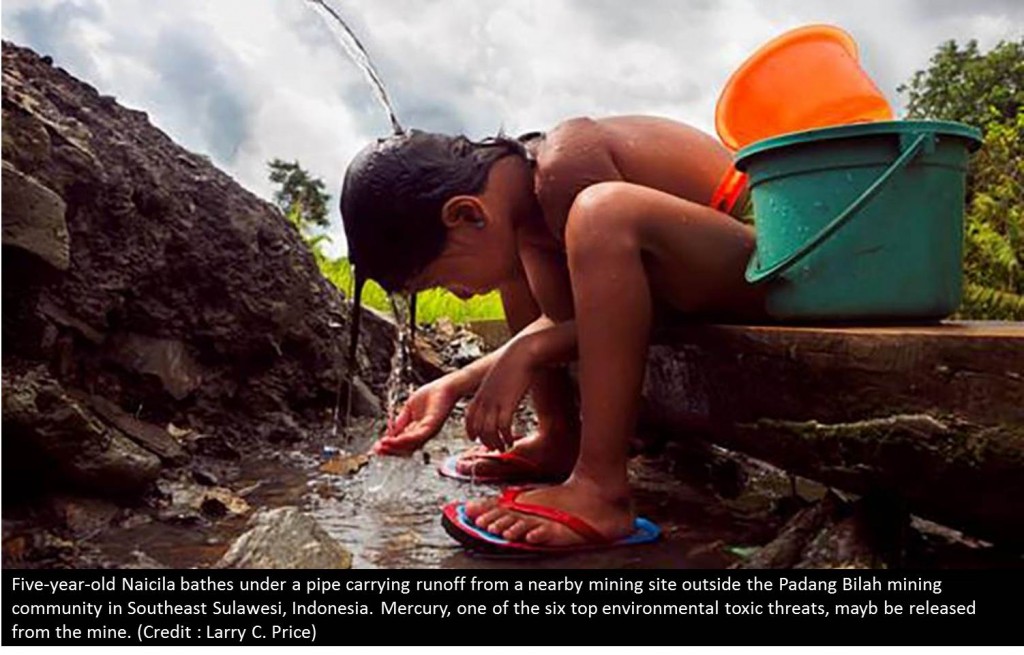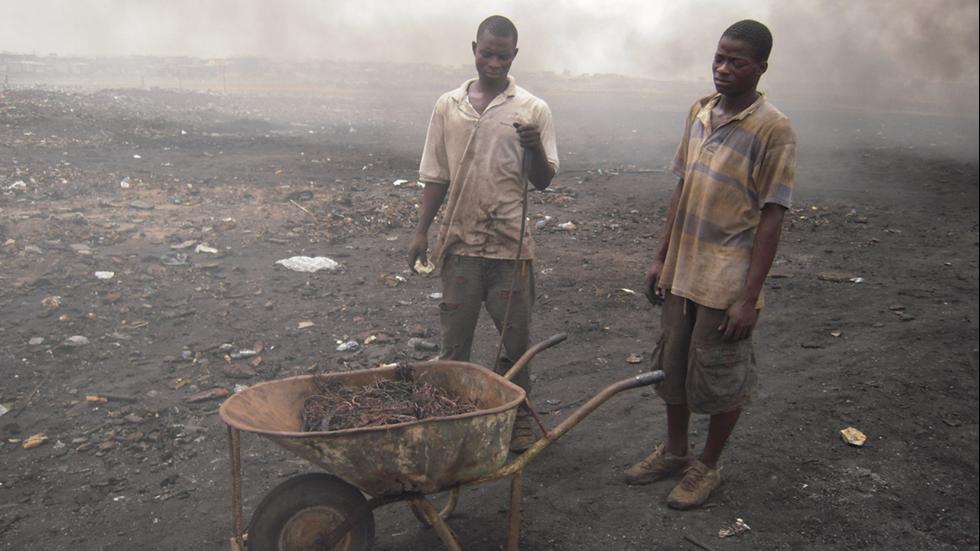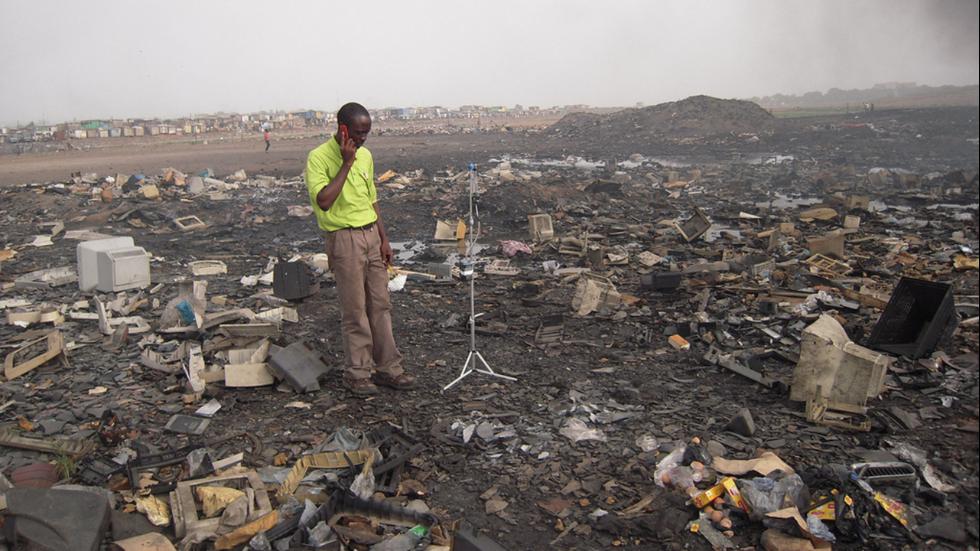RECOMMENDED VIDEOS

UTM-DUST BUSTER
University Teknology Malaysia, Innovation and Commercialisation Centre (ICC)

MedKlinn International : O3 Hydro Ozone Water System
MedKlinn Manufacturing Sdn Bhd

Bacfree - Rainwater Harvesting System
Bacteria Free Water Filters (M) Sdn Bhd

POME Zero Discharge System, LABU, Negeri Sembilan
Ronser Bio-Tech Bhd

Waste Management Truck - Rear End Loader
A-Plus Manufacturing Sdn Bhd
Related Stories
First paper straw factory in decades to open as UK bans plastic
Beach plastic audit in the Philippines reveals which businesses are the worst polluters
Made from sewage, these “popsicles” reveal the scale of Taiwan’s water pollution
World’s first mobile recycling plant turns trash into tiles
Air pollution is the leading environmental cause of death worldwide
22 Oct, 2015

6 Top Toxic Threats in the Environment
Resource Recovery & Environment Management | INDONESIA | 22 Oct, 2015
Published by : Care To Trade
Six environmental pollutants have an outsize effect on human health worldwide, hurting the health of some 95 million people in low- and middle-income countries. That's according to a new report from Pure Earth, a pollution-focused nonprofit, which releases annual reports on the burden of global pollution.
This paper, updated from a 2010 version, analyzed the effects of air, soil and water pollution, three areas that global climate change directly impacts. Since the 2010 report, cadmium has replaced arsenic as a top concern because arsenic remediation is complicated by the fact that it is naturally occurring in soils and groundwater. Cadmium, a byproduct of zinc mining, has an equal impact on human health in terms of population.
“The most important thing to note is something that's reflected in all types of pollution and all types of health problems around the world,” Pure Earth President Richard Fuller said in a press conference on Oct. 20. “There is a shift now from communicable diseases over to chronic diseases — [and] pollution is at the center of that shift.”
To come up with the list of toxins, scientists collaborating with Pure Earth assessed more than 2,300 sites in 49 countries. The elements found in these sites can cause diseases such as heart disease, lung disease, severe neurological impairment and mild mental retardation (MMR), as well as other conditions. Today, they account for 14.7 million disability-adjusted years of life lost, a measure that most severely hurts children, the report states.
Remediation efforts can be taken, however. "Efforts also include assisting governments to shift industrial processes to safer, more sustainable methods that can ensure the livelihoods of millions, while reducing the health impacts and suffering of both workers and families," David Hanrahan, senior advisor to Pure Earth, said in a related press release.
Here's a more-detailed breakdown of the contaminants. Read the full report, "The New Top Six Toxic Threats: A Priority List for Remediation," at worstpolluted.org (PDF)
Lead: Lead is “the worst one, the big kahuna,” Hanrahan said. The heart disease and MMR lead causes account for .6 percent of the world's global burden of disease, according to the World Health Organization. Some 26 million people in low- and middle-income countries risk these and other negative health effects from lead.
Radionuclides: These radioactive forms of elements, such as radium and uranium, are the second-greatest threat found, affecting 22 million people. Most environmental causes of radionuclide exposure come from “industrial processes such as uranium mining, mine waste disposal, nuclear weapons production and testing, nuclear energy production and creation of radiological products used in medicine,” the report reads.
Mercury: The use of mercury in mining and other industrial activities can result in severe brain, kidney and immune system damage. There's evidence that elemental mercury and other heavy metals can be absorbed into food grown in soil near industrial sites, an example of one way the toxin spreads throughout populations.
Chromium: This metal, naturally found in the Earth's crust, is released through both natural and industrial sources, the report states. Metal processing/welding and leather tanning, an industry primarily found in low-income countries, are the two industries that spread the metal most.
Pesticides: This broad class of chemicals cause some 3 million cases of acute illness annually, according to WHO, as well as more than 735,000 chronic illnesses per year. Neurological and reproductive consequences, among other effects, can occur.
Cadmium: Cadmium exposure is a direct result of industrialization. “It is mainly used in the production of nickel-cadmium batteries, fertilizers, coatings and plastic stabilizers,” the report says. Improper disposal of electronic waste “greatly contributes” to the chemical's release into the environment. Its health effects include renal and bone disease, as well as other conditions.


The polluted, blackened landscape is the result of the frequent burning of e-waste, which still takes place every day. This activity releases toxic fumes that poison the community. (Image: Blacksmith Institute for a Pure Earth)

Article taken : The Weather Channel
Header image by : Larry C. Price
